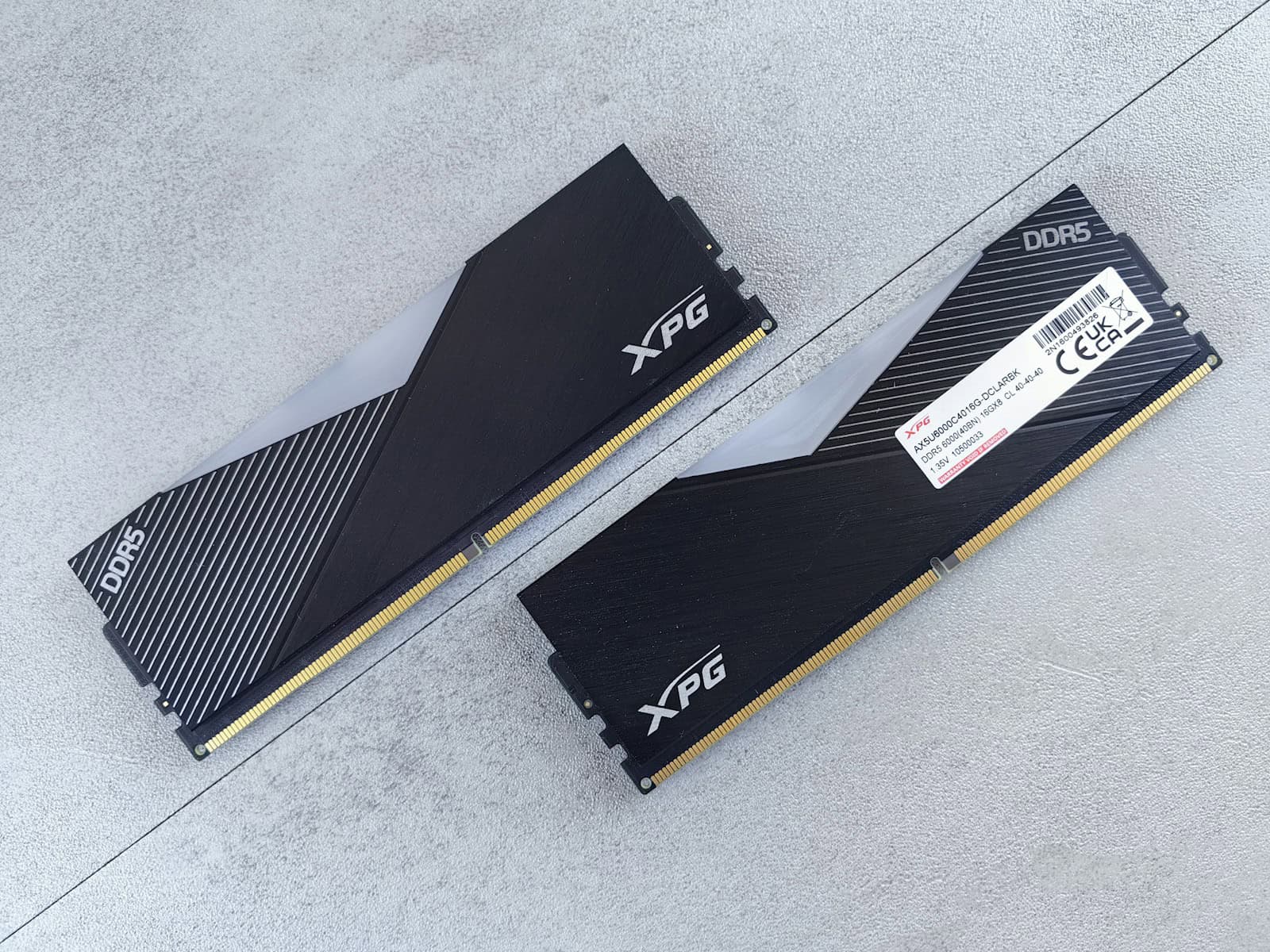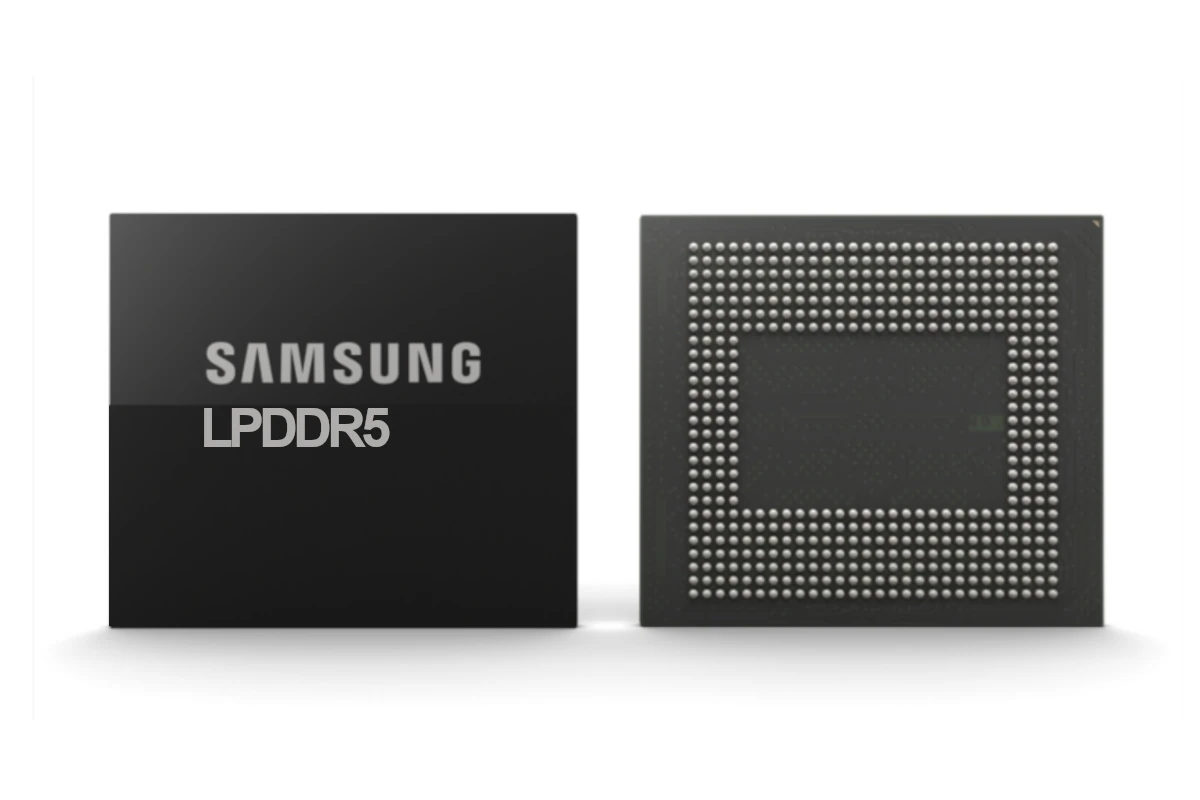LPDDR5 and DDR5 are two types of RAM used in different devices. DDR5 is mainly used in desktops and high-performance laptops, while LPDDR5 is designed for mobile devices and low-power notebooks. The main difference between the two is their power consumption. LPDDR5 uses less power than DDR5, making it ideal for portable devices that need to save battery life. DDR5 runs at a higher voltage of 1.1V, whereas LPDDR5 functions at 0.9V, making LPDDR5 more efficient. DDR5 is built for speed and performance, supporting heavy tasks like gaming and video editing.
On the other hand, LPDDR5, while also fast, is optimized for energy-saving features and can scale performance based on the device’s needs. Both types use different architectures to reach their goals. DDR5 has two 32-bit channels per DIMM, while LPDDR5 uses dual 16-bit channels. This structural difference helps each type excel in its intended environment. Choosing between DDR5 and LPDDR5 depends on the specific requirements of your device. This decision is critical for optimizing your computing experience. Understanding the differences between LPDDR5 and DDR5 will empower you to make informed decisions when selecting the optimal RAM for your device.

Unmasking Memory Mysteries: A Concise Guide to LPDDR5 and DDR5
LPDDR5 and DDR5 are both types of RAM used in modern computers, but they have distinct characteristics and applications. LPDDR5 stands for Low Power Double Data Rate 5, while DDR5 stands for Double Data Rate 5.
Speed and Performance
DDR5 generally offers higher maximum speeds than LPDDR5. While DDR5 RAM modules can reach speeds of up to 6400 MT/s, LPDDR5 modules typically max out at around 6400 MT/s. In real-world use, these differences can translate to faster data transfer rates and potentially better performance in demanding tasks for DDR5.
Power Consumption
LPDDR5 is designed with power efficiency in mind, making it ideal for battery-powered devices like laptops and smartphones. It operates at lower voltages and consumes less power than DDR5. This power efficiency contributes to longer battery life and cooler operating temperatures in mobile devices.
Device Compatibility
DDR5 is commonly used in desktop computers and high-performance laptops that prioritize maximum speed and capacity. Its modular design allows for easy upgrades and replacements. LPDDR5, on the other hand, is often soldered directly onto the motherboard of ultra-thin laptops and mobile devices, making it less accessible for upgrades.
Applications
DDR5 excels in scenarios where raw performance is paramount, such as gaming, video editing, and professional workloads. LPDDR5, with its focus on power efficiency, is well-suited for everyday tasks like web browsing, document editing, and media consumption on portable devices.
Table: LPDDR5 vs. DDR5 Comparison
| Feature | LPDDR5 | DDR5 |
|---|---|---|
| Maximum Speed | Up to 6400 MT/s | Up to 6400 MT/s (and potentially higher) |
| Power Consumption | Lower | Higher |
| Device Compatibility | Often soldered (not user-upgradable) | Typically modular (user-upgradable) |
| Common Applications | Thin and light laptops, smartphones, tablets | Desktop computers, high-performance laptops |
Conclusion
The choice between LPDDR5 and DDR5 boils down to your specific needs and priorities. If you prioritize battery life and portability, LPDDR5 is a compelling option. If you require the highest possible performance for demanding tasks and want the flexibility to upgrade in the future, DDR5 may be the better choice.
Key Takeaways
- DDR5 is used mainly in desktops and high-performance laptops.
- LPDDR5 is used in mobile devices and low-power notebooks.
- LPDDR5 consumes less power than DDR5.
Technical Specifications and Performance
DDR5 and LPDDR5 serve different purposes due to their distinct technical specifications and performance characteristics. Both types of memory have unique advantages and are tailored for specific devices and use cases.
Memory Architecture
DDR5 memory is designed for desktops, workstations, and servers. It uses a DIMM form factor and supports higher data transfer rates. DDR5 can reach up to 6,400 MT/s, which is double the speed of DDR4.
LPDDR5, on the other hand, is built for mobile devices like smartphones and tablets. It uses less power by operating at a lower voltage. Its typical form factor is smaller, such as the SODIMM. This makes it ideal for compact devices. LPDDR5 also has advanced features like dynamic voltage scaling to efficiently manage power consumption.
Performance and Efficiency
DDR5 provides high-performance data rates and increased capacity. It is essential for tasks like video editing and gaming. Systems with DDR5 can handle more data simultaneously due to higher memory bandwidth. This makes DDR5 suitable for high-performance computing environments, CPUs, and GPUs.
LPDDR5 emphasizes power efficiency. It delivers adequate performance while extending battery life for mobile devices. This makes it perfect for applications where energy consumption and heat generation are critical factors. LPDDR5’s power management capabilities, such as On-Die ECC and low power states, boost efficiency without sacrificing performance.







